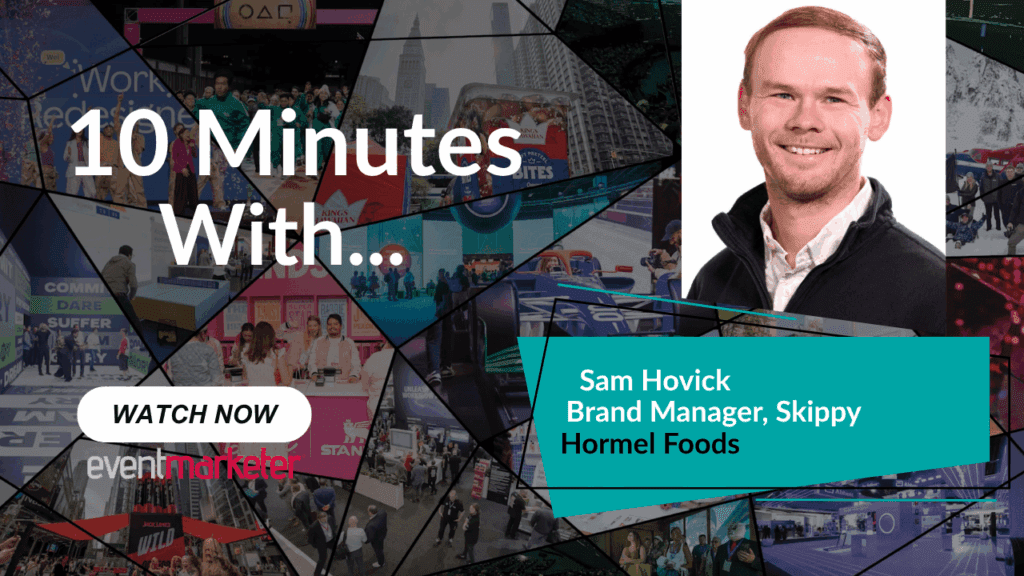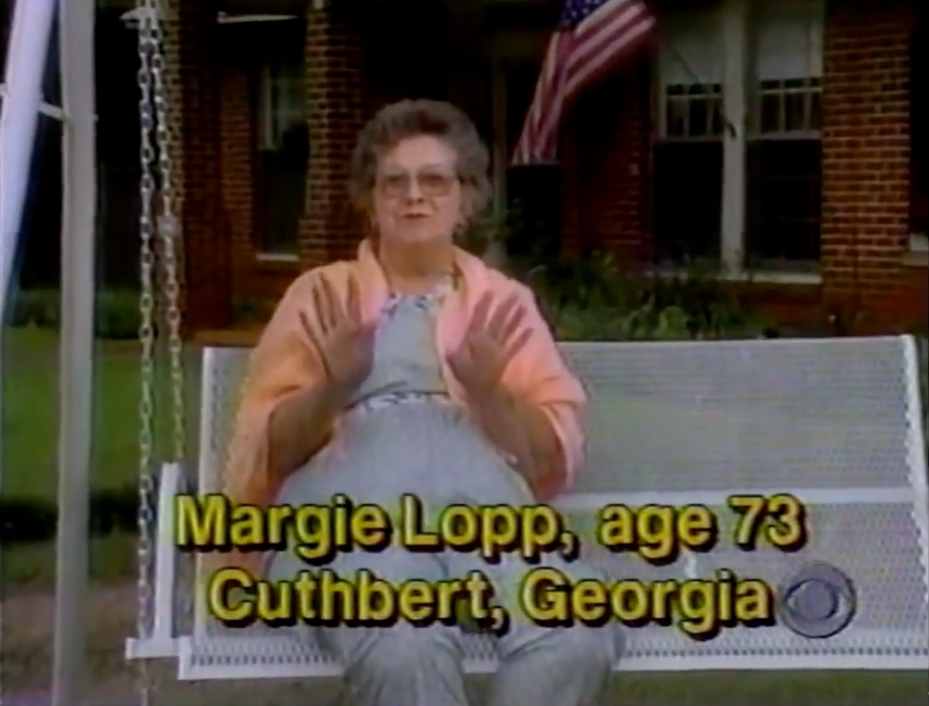Some car shoppers kick tires and check trunk space. Potential buyers of Toyota’s Scion can also get a sense of what it would be like to dance on the dashboard and scrawl graffiti over a 100-foot high stack of three car models in Club Scion, the virtual nightclub that the automaker has built in There.com, a 3-D online world.
While other marketers are questioning the value of a presence in Second Life and its ilk, Scion is beefing up its There.com cyber campaign. The youth-oriented car line has cultivated a brand image that stresses customization and casualness. Toyota has also extended those attributes to its marketing platform choices, downplaying the importance of broadcast ads and exploring the potential of the Internet as a better way to reach that young demographic.
For that reason, Scion announced last fall that it would expand the Club Scion initiative it launched in August. This second phase offers visitors the chance to splash their own personality over the club’s exterior and submit the result to the moderators at There.com. Exterior designs will be rotated monthly to keep the club looking fresh and keep users coming back.
“Keep it fresh” is built into Scion’s online brand efforts, says Adrian Si, the division’s interactive marketing manager.
“Online, content is king, and our original thought was to come up with some ideas that matched well with our brand attributes, then continue to build on those every three months or so,” Si says. “There.com is all about socializing, so we decided to take three of our vehicles — the Scion xD, the xB and the tC — and turn them into a virtual club where different club events could be staged. That was hugely successful for us in the first three months, and now we’re taking it to phase two.”
Scion is running campaigns in four different virtual worlds, each one tailored to the members of those communities. Frequenters of There.com include teenagers and up, a factor that has appealed to Scion and other brands for reaching the teen-to-25 demographic.
(In December Coca-Cola migrated its longstanding but two-dimensional Coke Studios virtual world to a three-D continent in There.com.)
Scion also owns the Scion City island in the more adult-centric Second Life, where members can “buy” and customize virtual cars. At Gaia.com, Toyota runs the Scion Garage, where members can trick out the vehicles and enter them in races, shows and other communal events.
And in Whyville.net, a G-rated, education-oriented virtual world for pre-teens, users can not only buy and race Scions but can also learn about safety, car mechanics and even the basics of credit financing.
These virtual promotional efforts make sense for Scion, Si says, because members spend comparatively long periods in these cyber-worlds, and that extended exposure tends also to lengthen the time they engage with the brand.
“There.com can tell us how many people came to Club Scion, how long they stayed, which portion of the club they spent the most time and whether they investigated the product information we’ve made available at different kiosks around the club,” he says. At press time, for example, weekly stats showed the average Club Scion visitor was staying for about six minutes per visit, and that almost all those visitors accessed the product kiosks.
Ben Richardson, interactive marketing manager for Makena Technologies, which built and runs There.com, says his company has seen brands in other industry groups get the same benefit of additional time spent in-world. For example, for two months last summer There.com ran a virtual nightclub promotion for Capitol Music Group around artists such as Korn, Yellowcard and The Beastie Boys. The bands operated avatars designed for them and premiered new albums in front of their fans. Audience members could use kiosks to view videos, click through and buy albums or tracks from iTunes or purchase virtual apparel.
Over two months, Capitol nightclub drew 18,000 visitors who spent a total of 2,616 hours, or about 10 minutes per visit, in the club. By contrast, Richardson says, Makena research of the movies-and-music vertical found that traditional online ad channels for entertainment (surveys, promotions, video, file downloads and such combined) engaged the average user for a mere 12.2 seconds.
“Entertainment advertisers are spending millions of dollars a year to get 12 seconds of mind share with the average consumer,” he says. “Compared to that, an average visit of 10 minutes is a 6,000% increase.”



